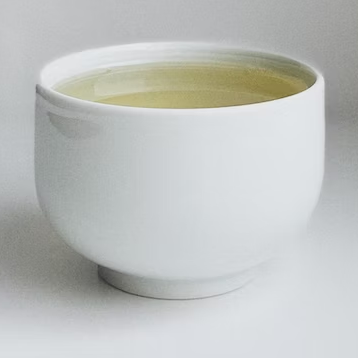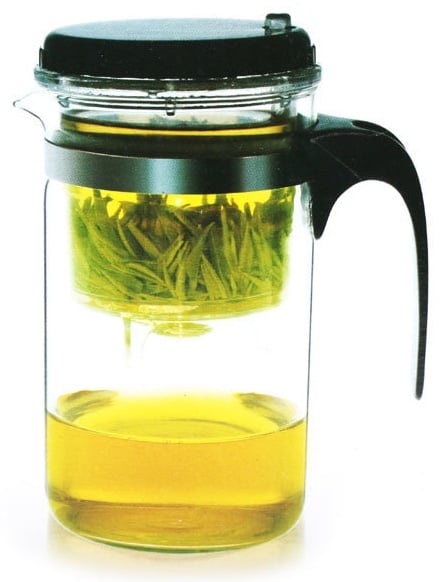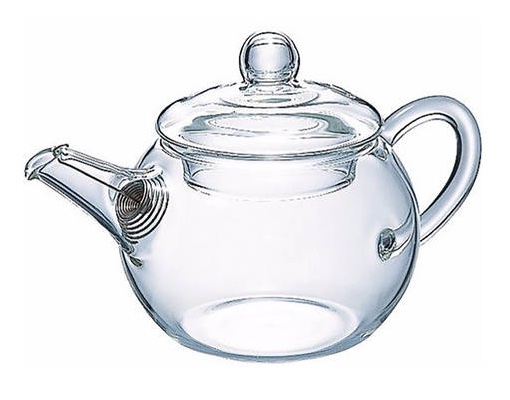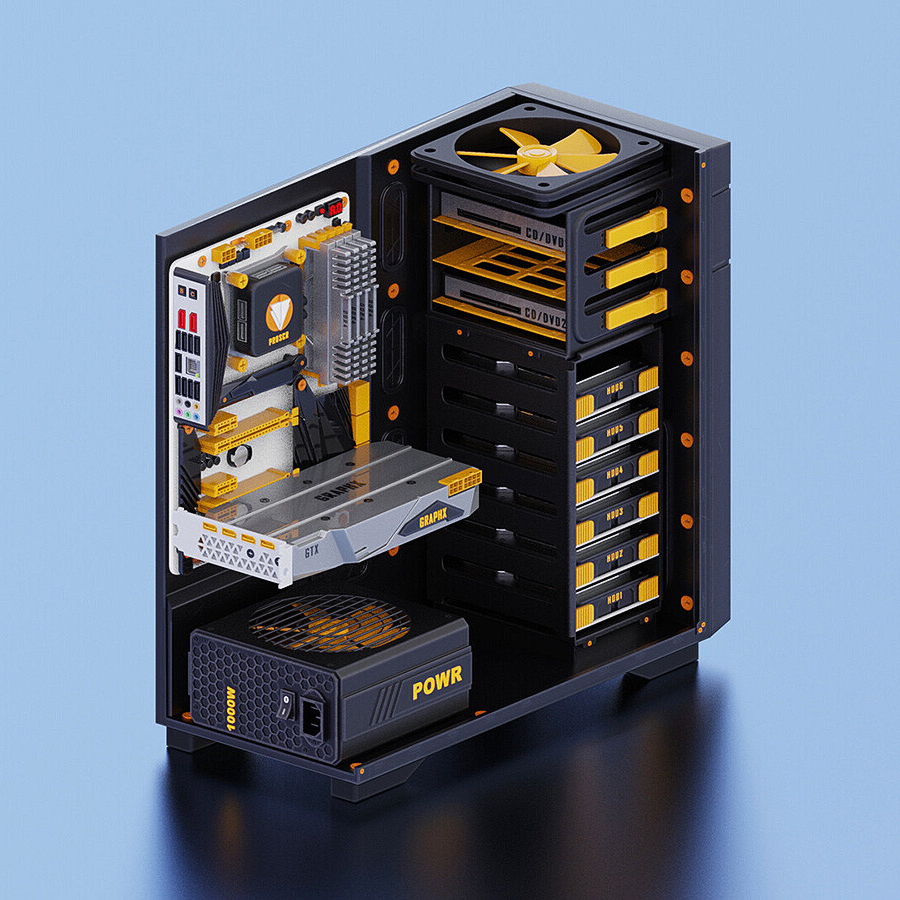- 3 Posts
- 59 Comments

 3·2 years ago
3·2 years agoIt once landed on a ledge above the deposit, so you only needed to drop the bombs.

 161·2 years ago
161·2 years agoAs far as I know Lemmy stores only text locally and images and such will be linked to the external instance. Text doesn’t use much disk space, so that shouldn’t be a big a problem. Sometimes when you browse Lemmy, you notice posts that have broken links to images. It’s because the other instance is down, but you can still see the text portion of the posts on your home instance.
There’s also pornlemmy.com. You don’t need to be logged in to view posts and there’s no anime/hentai or aigen stuff.

 9·2 years ago
9·2 years agoDid you just ask that has Reddit ever given anything back to their volunteers, besides sticks, rocks and ill will?
Hogfather has a two part TV movie adaptation. It’s pretty good, I think. But it’s a Christmas movie, so I don’t know if you want to watch it middle of summer.
It’s available on YouTube, but split to four parts for some reason: https://www.youtube.com/playlist?list=PLcGPPeBbIv0KY_r7QS_a5c_A0uX19pMhB

 3·2 years ago
3·2 years agoIt’s all inline images. I assume the devs haven’t implemented image markdown yet.

 2·2 years ago
2·2 years agoThat’s similar to this all in one tea brewer:

You put the leaves in to the top compartment. Add some water, and when the tea is ready, you press the button at the top to let the tea liquor fall to the lower compartment.

 2·2 years ago
2·2 years agoI actually meant this Hario Glass Jumping Teapot:

But as said, images are deceiving, and it turns out that that pot comes as 500ml and 800ml variations. Hario Europe doesn’t seem to sell small teapots anymore, but some vendors might have other, smaller, models.
Not an audio engineer, but I had unshielded (thin) cables in my home speaker setup. If the cables were positioned correctly, everything was fine. Accidentally move them even a little, and there’d be a huge amount of noise, due to power cables going near the speaker cables. Switched to shielded (thick) cables, and there’s no noise ever.

 2·2 years ago
2·2 years agoThat pot also seems to force larger brews.
Pictures are deceiving, and I didn’t specify the size. It’s 180ml teapot. It’s called Hario Asian teapot. I think it’s discontinued, but there’s a newer model which has a metal fine mesh filter instead of that metal spiral. Fill it to the bottom of the spout and it’s about 100ml, which is great for gong fu brewing. Fill up to the bottom of the lid and it’s 180ml. But yea… after I got my gaiwan, I haven’t used it.

 2·2 years ago
2·2 years agoI too use a gaiwan. When I got in to gong fu brewing, I first bought a glass teapot that has a metal strainer in the spout.

While it’s nice to look at while your leaves brews inside it, it’s somewhat annoying to use and clean. The strainer let’s small bits through, so you need some kind of filter unless you like those leaf bits in your cup. Small leaf pieces gets stuck in the metal strainer. The spout is so narrow you need some kind of tool to clean it. The lid is annoying to clean. And because it’s glass, you see any stains that forms over time. Stains can be removed, but it takes some extra effort.
Gaiwan on the other has so simple form that it’s super easy to clean. Most of the leaves will fall off when you turn it upside down and give it a shake. The rest you can dig out with your fingers. You can also see the leaves because the opening is so wide, and it let’s you “play” with the leaves using the lid. You can, for example, move the leaves around so that they will steep more evenly.
It takes a while to learn to use gaiwan properly. It might burn your fingers. You will most certainly spill the tea all over the place. But once you get the hang of it, it’s a really nice way to make tea.
This is a good article: The Non-Judgmental Guide to Getting Seriously Into Tea
You should try different types of teas. Teas are classified into 6 categories: White, green, yellow, black, oolong and post-fermented (also known as puer or puerh). Puerh is further divided into ripe (shu) and raw (sheng) puerh. Also teas from different countries have their own characteristics. Try them all, and find your favorites.
Supermarket teas, whether teabags or loose leaf, aren’t very good in general. Of course, there are exceptions, and if flavored teas is what you like, there’s plenty of those in markets. But if you want good loose leaf teas, you need to buy from tea shops. Here’s a long list of online tea shops around the world. You can use the search feature to filter the list. If you, for example, want to find shops that sell teaware and are based in United Kingdom, you can search for “teaware kingdom”.
If you want to buy teaware, a good rule for what to buy is this: Spend the money on tea instead. Don’t buy some crazy expensive clay pots, when a simple porcelain gaiwan (cup with a lid) does the job perfectly.
Use your instance’s search feature. You can search
- Name of community:
No Stupid Questions - By using !community@instance syntax:
!nostupidquestions@lemmy.world - URL of the community:
https://lemmy.world/c/nostupidquestions
First option won’t work if your instance hasn’t federated the community yet. The last option is best in my opinion.
- Name of community:

 582·2 years ago
582·2 years agor/Blind is still a valuable resource for many people. No sense denying people access to it. r/Blind mods already created a Lemmy instance which they try to promote for their members. But learning new software can be challenging when you can’t see, especially if the software isn’t very accessible.

 793·2 years ago
793·2 years agoSomeone needs to start a “campaign” for naming and shaming companies who advertises on Reddit. “[This company] supports a company that actively discriminates against the disabled. #SayNoToReddit”

 1·2 years ago
1·2 years agoI would reinstall Windows, especially if the current installation is old. As long as you can connect all the drives to your computer, you can move files from the old disks. If the games on F: and G: are on Steam or Epic (and other similar launchers probably works similarly), it’s easy to move the games around using those launchers. Games that have been installed outside of such launchers might not work if they are moved to a disk with different drive designation or if they are moved to a new Windows installation.

 2·2 years ago
2·2 years agoNo, I just meant that one can import Apollo settings to wefwef. But, if you didn’t export the settings when it was possible, there’s nothing you can do about it, except to make sure Christian knows about the problem.

 1·2 years ago
1·2 years agoNo, I just meant that one can import Apollo settings to wefwef. But, if you didn’t export the settings when it was possible, there’s nothing you can do about it, except to make sure Christian knows about the problem.

 12·2 years ago
12·2 years agoMight be an oversight by Christian. Maybe he’ll release one more update if people report this bug.
Btw, at least wefwef.app has a feature to import Apollo’s settings.







Would also be great if the new comments would be highlighted.